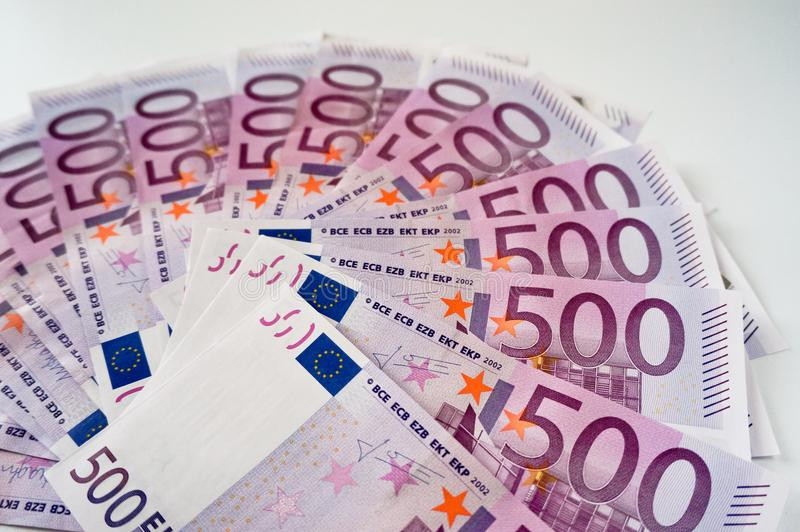
Currently, the euro is struggling to stay afloat and avoid sliding to low values. Periodically, the euro makes a comeback, but the US dollar proves to be stronger. At the moment, the euro maintains a relative balance, but it faces significant difficulty overcoming the pull of the downtrend.
On Monday, July 3, during the day, the European currency weakened against the American currency after the release of eurozone economic data. According to the latest reports, the Purchasing Managers' Index (PMI) for industrial production in the EU decreased to 43.4 points in June from 44.8 points in May. The preliminary forecast predicted a decrease to 43.6 points.
The start of the current week was relatively positive for the euro. The single currency was trading near two-month highs but quickly lost its upward momentum. In this situation, the euro is at risk of further decline towards the key level of 1.0800 and below if US economic data supports the strengthening of the dollar. The European currency, which initially gained ground this week, remained afloat on Monday, July 3, but later lost momentum.
On Tuesday morning, July 4, the EUR/USD pair was trading near 1.0907, surpassing the pull of the downtrend. Preliminary estimates suggest that the pair will remain within a broad range of 1.0920-1.0750 this week.

According to the technical chart, the bullish momentum in the EUR/USD pair is gradually weakening, although bears are hesitant. Experts have identified a neutral-bearish bias in the pair and a lack of significant buying interest from investors.
Against this backdrop, the US currency has demonstrated a positive trend, gaining value against most competitors, primarily the euro. Market participants responded positively to reports on US inflation, which indicated a significant decrease in price pressure in May. The annual inflation rate, as measured by the Personal Consumption Expenditures Price Index (PCE), stood at 3.8% on a yearly basis, showing the smallest increase in the past two years. As a result, the greenback faced moderate selling pressure as market sentiment improved and investors shifted their focus to high-yield assets.
The publication of the minutes of the Federal Reserve's June meeting, scheduled for Wednesday, July 5, will have a significant impact on the US economy and the national currency. This document may provide hints about the regulator's future plans regarding the key interest rate. The majority of analysts (87.4%) expect a 25 basis point increase in the near-term meeting, bringing the rate to 5.25%-5.5%. However, some economists anticipate the rate to be maintained at the current level of 5%-5.25%.
According to economists, the upcoming meeting outcome is unlikely to cause high volatility in the market. The Federal Reserve's stance on monetary policy is currently known and quite stable, so markets do not expect surprises from the publication of the minutes.
This week, analysts and market participants are focused on employment data in the US. Before the release of the Nonfarm Payrolls report on Friday, July 7, US authorities will publish several reports related to employment in the country. The spotlight is on statistics on the American labor market. Notably, the Fed closely monitors these indicators as it considers them crucial in determining the level of inflation. Furthermore, data on labor market is essential for shaping the current monetary policy of the Federal Reserve and interest rates.
Preliminary estimates suggest that the number of job openings and new positions in the non-farm sector of the US will be lower than the previous reading. However, negative forecasts are not always justified, so experts recommend refraining from hasty conclusions. In some cases, macroeconomic data from the US have turned out to be strong. Against this backdrop, market participants and analysts had to reassess their strategies.
However, the possibility of negative reports remains. According to experts, potential negative macroeconomic data from the US pose a threat to further growth of the euro. The situation will worsen if European economic indicators diverge from analysts' forecasts.
On Thursday, July 6, analysts and market participants expect information on retail sales in the eurozone for May. If the current data demonstrate a deterioration in consumer spending, the euro will noticeably decline. Any unexpected decrease in retail sales in the EU will lead to a significant change in several European economic indicators.
According to economists, much depends on the position of the European Central Bank regarding interest rates. If the eurozone regulator concludes that further interest rate hikes are necessary, the euro will receive support. However, analysts believe that a short break is unlikely to change the balance of power in the EUR/USD pair.
 English
English 
 Русский
Русский Bahasa Indonesia
Bahasa Indonesia Bahasa Malay
Bahasa Malay ไทย
ไทย Español
Español Deutsch
Deutsch Български
Български Français
Français Tiếng Việt
Tiếng Việt 中文
中文 বাংলা
বাংলা हिन्दी
हिन्दी Čeština
Čeština Українська
Українська Română
Română

